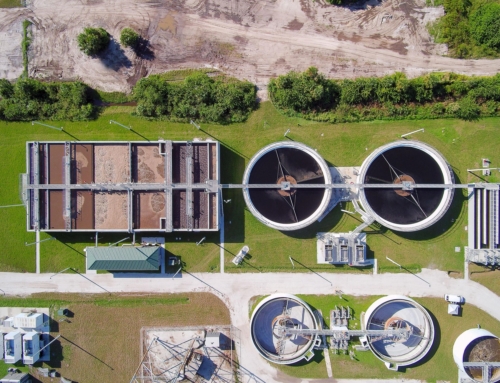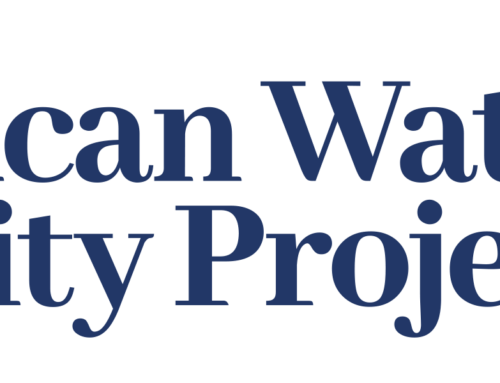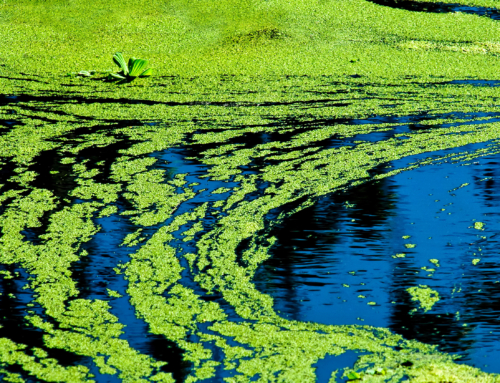Brevard County Must Prioritize Wastewater Infrastructure for IRL Restoration
On March 5th 2020, the Brevard County Commission will consider funding a $66 million 2020 Save Our Indian River Lagoon project budget, where >90% of those funds will be spent on sewage system upgrade projects. The Commission’s choice to fund wastewater infrastructure upgrades as a priority is wise, as the best scientific evidence indicates that Brevard’s leaky sewage system and dumping has been a primary driver of algal blooms, demise of seagrasses and oxygen deficits in the Lagoon.

Terry Gibson, AWSP Government Affairs Director
Despite temptations to waste nearly $500 million of local tax revenue on peripheral projects that just won’t fix the Lagoon, the Commission has chosen to instead invest taxpayer money wisely on infrastructure projects that will significantly reduce nutrient pollution inputs to the Lagoon over the longterm. Wastewater infrastructure upgrades have been keys to successful restorations of the Chesapeake Bay, Tampa Bay and Sarasota Bay. Upgrading wastewater plants to advanced treatment levels and septic tank-to-sewer projects in the Tampa and Sarasota estuaries has resulted in measurable water quality improvements, seagrasses recovery to 1950’s levels and subsequent return of scallop fisheries.
In both Tampa and Sarasota Bay, reducing external inputs of nitrogen and phosphorus from dilapidated wastewater infrastructure cut off nutrient supplies that supported both toxic phytoplankton and seaweeds, which not only reduced light that killed seagrass, but also smothered and killed shellfish. By reducing the external nutrient inputs, shellfisheries recovered on their own when toxic phytoplankton no longer clogged the gills of young oysters, clams and scallops.
Brevard County should heed the lessons from Tampa and Sarasota Bay estuary restorations. Expensive oyster seed, oyster bar, and public clam aquaculture projects are doomed to fail until the toxic algal blooms are mitigated through significant nutrient reductions and resulting water quality improvements. It is just not wise to invest $1 million annually to have the Brevard Zoo, with no experience in estuarine restoration, attempting to restore shellfisheries before stopping the sewage dumping and leaks.
Finally, the Brevard County Commission has reduced “de-mucking” the Lagoon as a project funding priority. None of the successful estuarine restoration programs listed above have “de-mucked” their way out of a sewage dumping problem; and the logic of paying for expensive “de-mucking” projects while the sewage inputs continue has perplexed our leaders in both the County Commission and the Florida legislature. In fact, many of the muck removal projects, such as Satellite Beach’s $26 million residential canal muck dredging project, may benefit adjacent homeowners’ navigational interests, but won’t significantly improve the water quality of the Lagoon.
We encourage the Commission to spend nearly $500 million in local revenue on prudent fixes for the Indian River Lagoon. The Commission should not be tempted to misspend taxpayer money on projects that are not reliable longterm strategies to reduce nutrient inputs and improve water quality. The proposed wastewater infrastructure upgrades will improve the health of the Lagoon and the people of Brevard County will benefit as algal blooms clear up, and seagrasses and shellfisheries recover.





